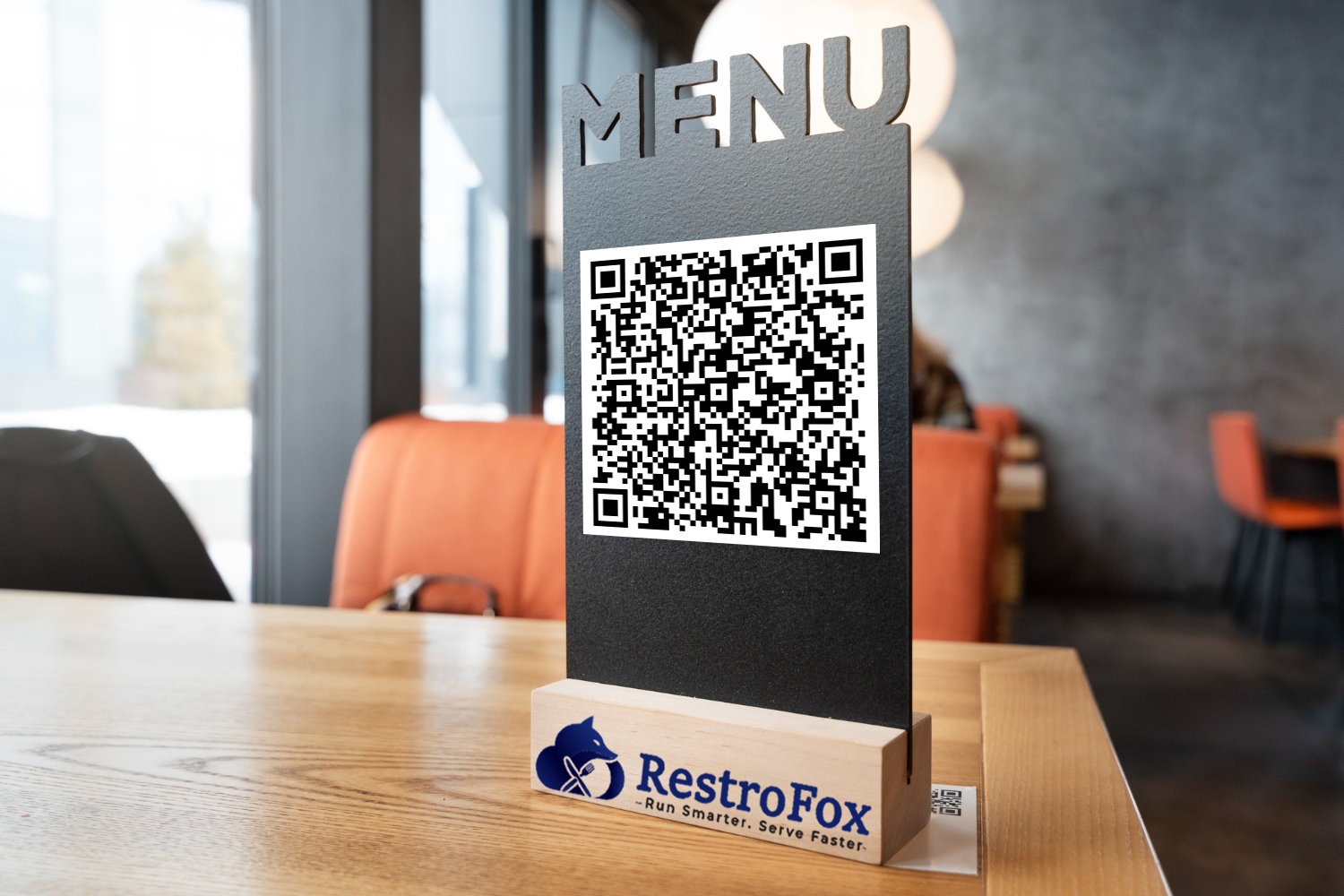The restaurant industry has undergone a remarkable digital transformation in recent years, with technology reshaping how customers interact with dining establishments. Among the most significant innovations is the integration of QR code technology with traditional point of sale systems, creating a seamless dining experience that benefits both customers and restaurant operators.
Table of Contents:
The Rise of Digital Menu Technology
The adoption of contactless solutions has accelerated dramatically, pushing restaurants to embrace innovative ordering methods. A Restaurant QR Code Menu offers diners the convenience of browsing menu items on their personal devices without handling physical menus. This shift represents more than just a hygiene measure—it’s a fundamental change in how restaurants operate and engage with their customers.
Modern diners appreciate the flexibility and autonomy that digital menus provide. They can take their time exploring options, view detailed descriptions and images, and even check nutritional information without feeling rushed by wait staff. This enhanced experience has made QR code technology a permanent fixture in the hospitality landscape.
Integration with Point of Sale Systems
Creating a Unified Platform
The true power of QR technology emerges when it integrates seamlessly with Restaurant Point of Sale Systems. This integration creates a direct connection between customer orders and kitchen operations, eliminating multiple touchpoints and reducing the potential for errors. When customers scan a code and place orders directly from their phones, that information flows instantly into the POS system and kitchen displays.
Modern POS platforms have evolved to accommodate these digital ordering channels while maintaining traditional ordering methods. This flexibility ensures restaurants can serve customers who prefer different ordering experiences without complicating back-end operations. The unified system tracks all orders regardless of how they were placed, maintaining accurate inventory counts and sales data.
Streamlined Operations
Restaurant Point of Sale Systems enhanced with QR capabilities enable faster table turnover and improved operational efficiency. Servers spend less time taking orders and more time providing personalized service, addressing special requests, and ensuring customer satisfaction. This reallocation of staff time can significantly improve the overall dining experience while reducing labor costs.
The automation of order entry also minimizes transcription errors that commonly occur when servers manually input orders. Direct customer entry means what the guest orders is exactly what appears on the kitchen ticket, reducing food waste from incorrect preparations and improving customer satisfaction.
The QR Code Ordering Experience
Customer Empowerment
A QR Code Restaurant Menu gives customers control over their dining experience. They can browse at their own pace, customize orders with specific modifications, and submit them when ready. This self-service approach appeals particularly to younger demographics who prefer minimal interaction during ordering.
For restaurants, this technology provides valuable data about customer preferences and ordering patterns. Analytics from digital menus reveal which items attract the most attention, how long customers spend reviewing certain sections, and which dishes are most frequently customized. These insights help restaurants optimize menu design and offerings.
Enhanced Features and Functionality
Beyond basic menu display, Restaurant QR Code Ordering Systems offer dynamic capabilities that static menus cannot match. Restaurants can instantly update pricing, mark items as unavailable, promote daily specials, and feature seasonal offerings without reprinting physical menus. This agility allows for better inventory management and waste reduction.
Visual enhancements like high-quality food photography, detailed ingredient lists, and allergen information help customers make informed decisions. Some systems even support multiple languages, automatically detecting customer preferences and displaying menus in their native language—a significant advantage for restaurants in tourist areas or diverse communities.
Business Benefits and ROI
Cost Savings and Efficiency
Implementing a Restaurant QR Code Ordering System delivers measurable financial benefits. Eliminating printed menus reduces recurring costs and allows for instant updates without additional expenses. The reduction in order errors translates directly to less food waste and fewer discounted or complimentary meals to address mistakes.
Labor optimization represents another significant advantage. With customers handling their own order entry through the QR Code Restaurant Menu system, restaurants can operate efficiently with leaner front-of-house staffing during slower periods while still maintaining excellent service during peak times.
Data and Marketing Opportunities
The integration of QR ordering with Restaurant Point of Sale Systems creates a comprehensive customer database. Restaurants can collect email addresses, track order history, and develop targeted marketing campaigns. Personalized promotions based on past orders encourage repeat visits and increase average ticket sizes.
Push notifications about special events, new menu items, or exclusive discounts keep the restaurant top-of-mind for customers. This direct marketing channel, built through QR code interactions, provides a cost-effective alternative to traditional advertising methods.
Implementation Considerations
Successfully deploying a Restaurant QR Code Menu requires careful planning. Ensure reliable WiFi connectivity throughout the establishment, as customers will need internet access to view menus and place orders. Staff training is essential to help customers who may be unfamiliar with the technology and to troubleshoot any issues that arise.
Consider maintaining traditional menu options for guests who prefer conventional ordering or lack smartphones. A hybrid approach ensures inclusivity while maximizing the benefits of digital innovation.
Conclusion
The integration of QR code technology with Restaurant Point of Sale Systems represents a significant evolution in dining service. By implementing a comprehensive Restaurant QR Code Ordering System, establishments can enhance customer experiences, improve operational efficiency, and gain valuable business insights. As technology continues advancing, restaurants that embrace these innovations position themselves for long-term success in an increasingly digital marketplace.

